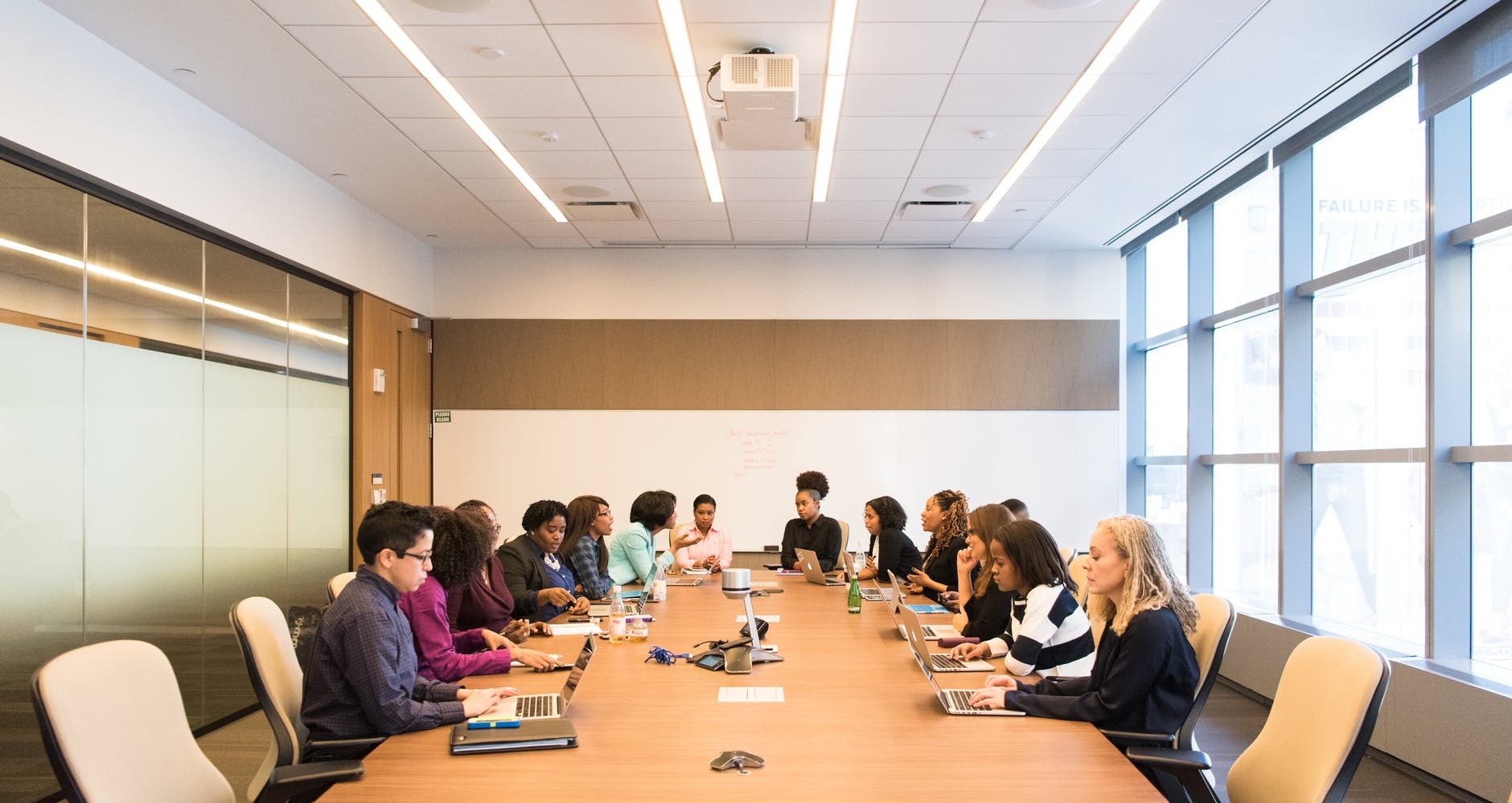To keep up with the fast pace of change in the field of Government acquisitions, Department of Homeland Security (DHS) components are developing their own acquisition requirements (AR) policies. However, without specific timeframes to finalize these policies, DHS agencies often lack guidance on how to develop ARs. Among DHS agencies, the U.S. Coast Guard is leading the way with their own formal policy to describe this process. To compliment the U.S. Coast Guard’s policy, DHS created the Joint Requirements Integration and Management System (JRIMS) to offer direction for agencies—to review, validate, and suggest solutions for capability gaps and requirements.














